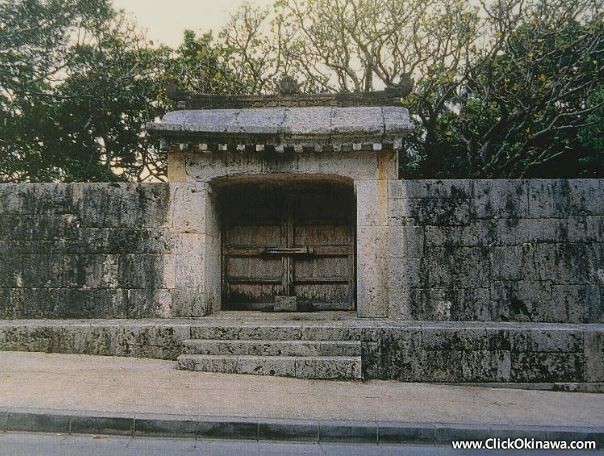
|
 Sonohyan-utaki photos: Naha City Board of Education, Masakatsu Yamauchi Sefa-utaki |

|
ClickOkinawa.com 1996-2017
Webmaster: Mick McClary, Great Falls, Montana
Gusuku in Okinawa represents a highly sophisticated technique using stones for various structures including the walls of the castles. Gusuku sites also provide a place for the people of Okinawa to worship their gods. Utaki worship is a unique religion that has been passed down from generation to generation.Utaki is a sacred place including the place known to be the beginning of the history of Okinawa, and natural objects are worshipped. During the period of the Kingdom of Ryukyu, Sonohyan-utaki and Sefa-utaki were recognized as the sacred places where the kingdom's religious rituals were performed.
Gusuku sites and the related properties of the Kingdom of Ryukyu were designated as World Heritage sites since they represent unique and international culture of the kingdom that enjoyed a prosperous overseas trade and a unique religious form of the local areas of Okinawa that is characterized by nature worship.

|
 Sonohyan-utaki photos: Naha City Board of Education, Masakatsu Yamauchi Sefa-utaki |

|